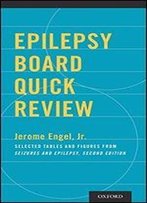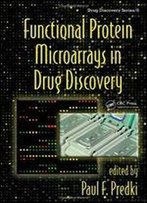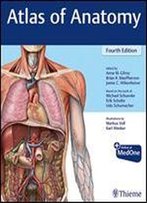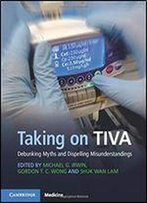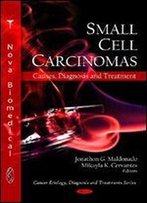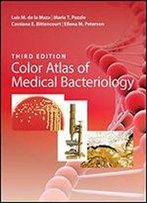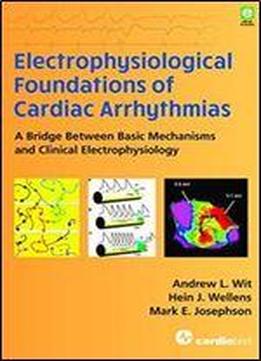
Electrophysiological Foundations Of Cardiac Arrhythmias: A Bridge Between Basic Mechanisms And Clinical Electrophysiology
by Andrew L. Wit /
2017 / English / PDF
17.6 MB Download
This book teaches the fundamental concepts of cardiac electrophysiology with an emphasis on the relationship of basic mechanisms to clinical arrhythmias. Understanding this relationship and the underlying mechanisms of arrhythmogenesis will be valuable to medical students in general and physicians entering the fields of cardiology and clinical electrophysiology, as well as those scientists and clinicians already working in this field.
The foundations of electrophysiology are explained in a way that will enable the student/reader to go on to more advanced texts such as Josephson s Clinical Cardiac Electrophysiology by Mark E. Josephson (Wolters Kluwer), who is one of the authors of this book. It is not a complete review of basic cellular electrophysiology and only focuses on aspects that are relevant to the arrhythmogenic mechanisms. Similarly, it is not a complete compendium on electrophysiology of clinical arrhythmias. Only selected arrhythmias are described that best illustrate the translation of the basic electrophysiological mechanism to the clinic.
The book is divided into three parts that cover the major mechanisms of arrhythmogenesis: Part I Automaticity, Part II Afterdepolarizations and Triggered Activity, and Part III Abnormal Impulse Conduction and Reentry. Each part starts with a chapter that describes the basic science principles related to that particular mechanism. Topics include: impulse initiation and rate control, membrane currents, conduction, and the effects of programmed electrical stimulation and pharmacologic agents. Subsequent chapters in each part are organized around examples of clinical arrhythmias and then focus on the relevant EP mechanisms and the characteristic responses to interventions. The characteristics of the three different mechanisms are compared and contrasted throughout the text.
Each example works through these three key questions:
1. What are the ECG characteristics of the arrhythmia?
2. What is the underlying electrophysiological mechanism?
3. What are the characteristic properties of the arrhythmia that point to its mechanism?
Throughout the book, the aspects of basic EP mechanisms and examples from EP studies and pharmacologic interventions are paired with clinical examples. The end result is enhanced understanding of how EP mechanisms and testing relate to arrhythmogenesis in a way that can be applied broadly to a variety of situations in a clinical setting.
This definitive book also includes:
More than 300 figures, including ECGs and original diagrams that illustrate essential electrophysiology concepts.
Case studies of clinical arrhythmias with explanations of how ECG characteristics and the responses to electrical stimulation denote arrhythmogenic mechanisms.

